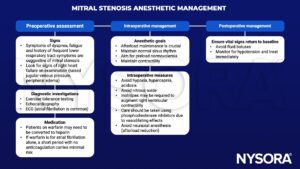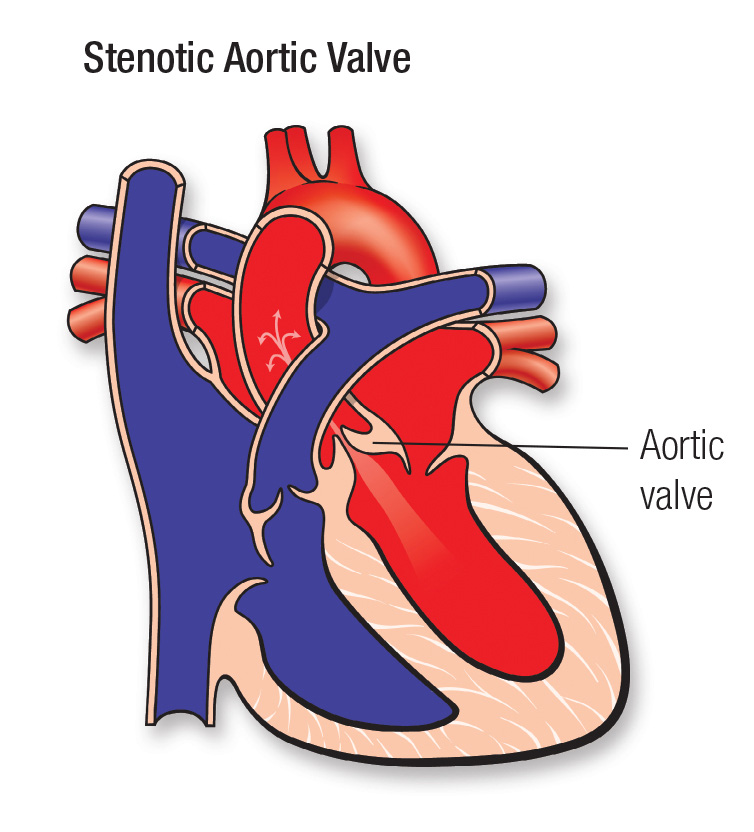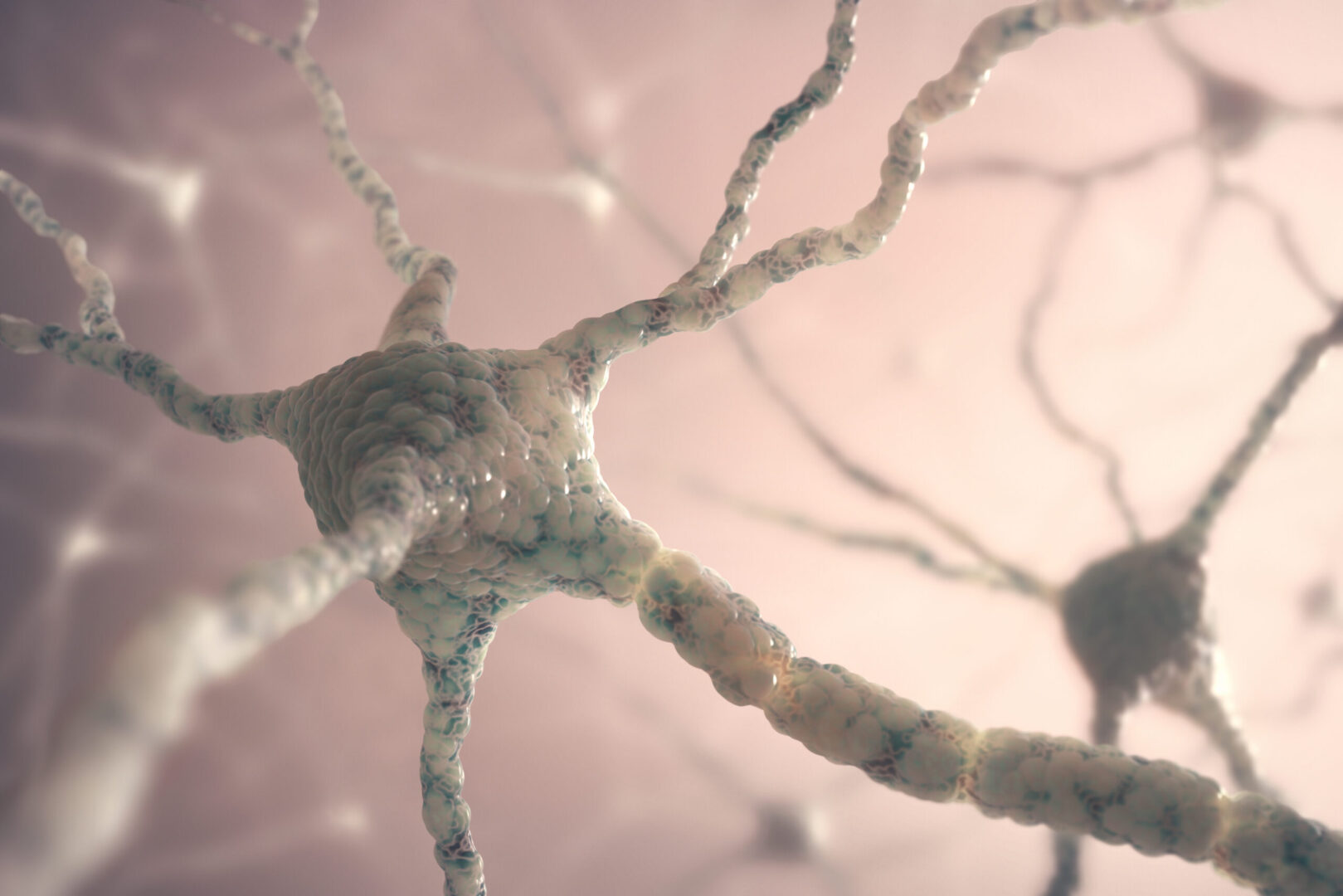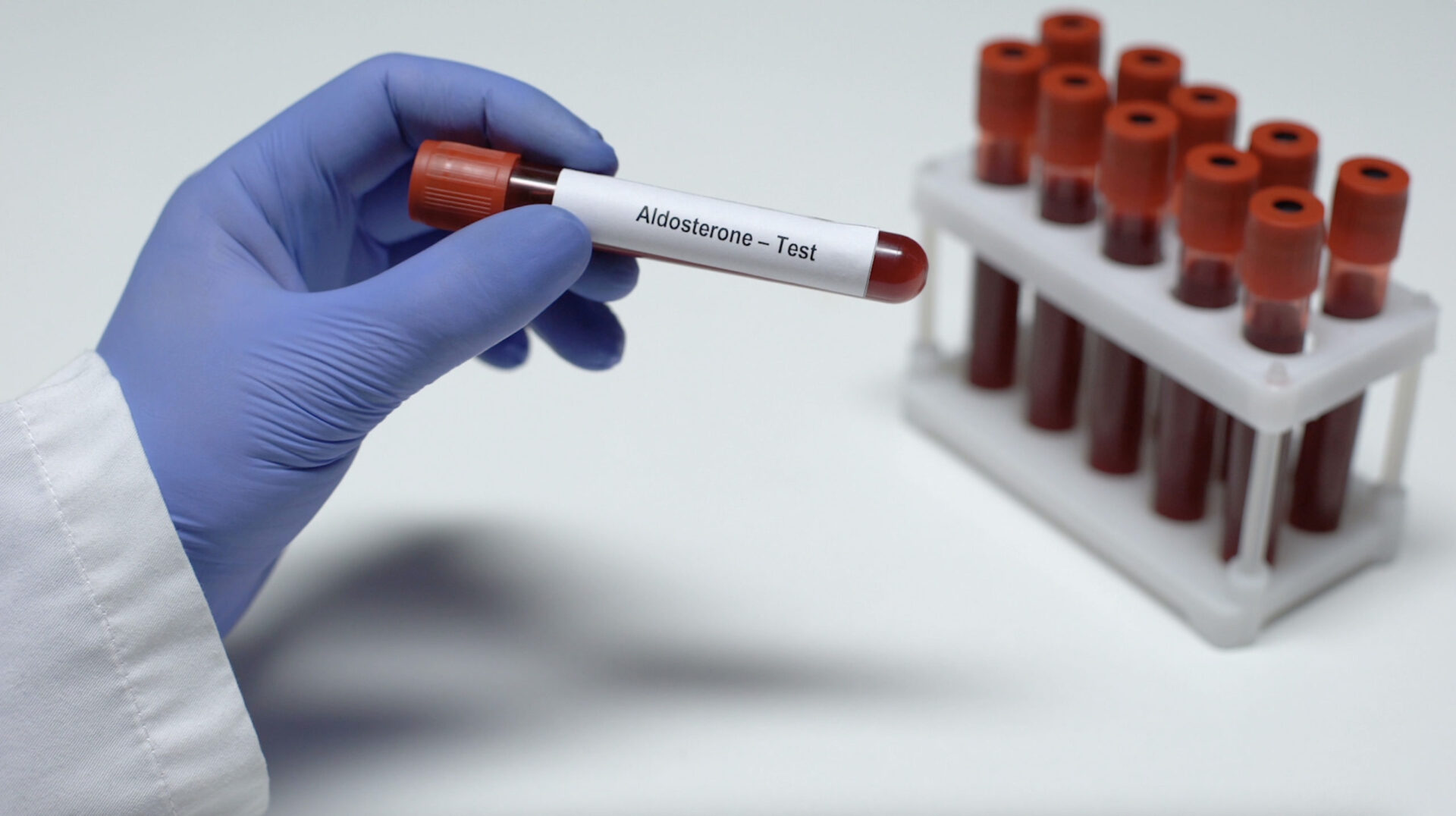Learning objectives
- Describe the causes and subsequent pathophysiology of mitral stenosis
- Classify the severity of mitral stenosis
- Anesthetic management of mitral stenosis
Definition & mechanisms
- Mitral stenosis occurs when the mitral valve is narrowed and blood cannot flow normally
- Causes:
| Common | Rheumatic fever |
| Degenerative calcification | |
| Endocarditis | |
| Uncommon | Infiltrating diseases |
| Congenital deformities |
|
| Diseases that affect multiple systems (e.g., sarcoidosis) |
Signs & symptoms
- Patients will remain asymptomatic for many years (compensation due to the compliant left atrium dilating and keeping pulmonary venous pressures stable)
- As the disease progresses, compensation is overcome and pulmonary hypertension develops
- Pulmonary edema and dyspnea
- Fatigue
- More frequent lower respiratory tract infections
- Atrial fibrillation will rapidly progress the pathophysiology
Severity assessment
| Mild | Moderate | Severe | |
|---|---|---|---|
| Mean pressure decrease | <5 mm Hg | 6–10 mm Hg | >10 mm Hg |
| Pressure half-time | <139 ms | 140–219 ms | ≥220 ms |
| Valve area | 1.6–2.0 cm2 | 1.5–1.0 cm2 | <1.0 cm2 |
Management

Suggested reading
- Holmes K, Gibbison B, Vohra HA. Mitral valve and mitral valve disease. BJA Education. 2017;17(1):1-9.
- Nishimura RA, Otto CM, Bonow RO, et al. 2014 AHA/ACC guideline for the management of patients with valvular heart disease: a report of the American College of Cardiology/American Heart Association Task Force on Practice Guidelines. J Am Coll Cardiol 2014; 63:e57.
We would love to hear from you. If you should detect any errors, email us at customerservice@nysora.com








